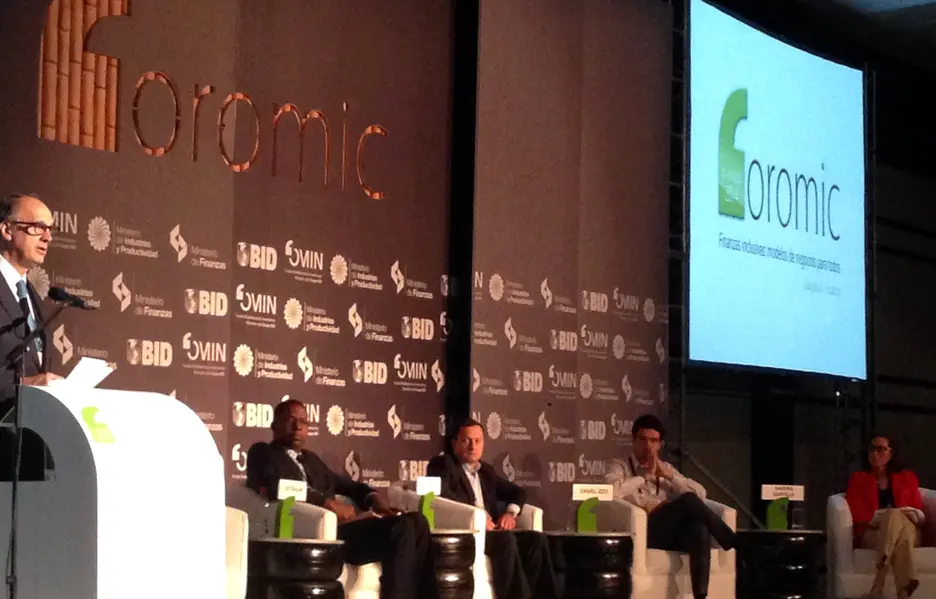The evolution of impact investing: 6 signs of progress

[caption id="attachment_2240" align="alignleft" width="576"] Experts from across the region discuss the evolution of impact investing[/caption]
Experts from across the region discuss the evolution of impact investing[/caption]
1. Explanation no longer needed
Co-founder of Vox Capital, Brazil’s first ever impact investing fund, Daniel Izzo shared that one clear sign of the industry’s maturity is that he no longer has to explain the concept. Nowadays, his clients and partners rarely confuse it with philanthropy. When investors are approached about impact investing, they no longer assume they are being asked for donations.
2. All investors welcome
The fact that more people know what impact investing means, coupled with the global effort to standardize the marketplace, have facilitated raising capital. Since interest in the asset class has broadened beyond social investors and foundations, it can now fundraise from traditional outlets, such as pension funds, insurance companies and high-net worth individuals. As investments continue to meet or exceed financial expectations, this trend is expected to rise.
3. Long-term value creation
Investment strategies focused on value creation rather than short-term profits are not only mainstream but more successful. In Vox’s experience, such a strategy has been positively correlated with client loyalty and stronger track records.
Alberto Riaño, Executive Director of the $12 million Fondo Inversor in Colombia, explained how he engages small businesses throughout the supply chain in one of Inversor’s indigenous-led, community-based hotels. These aren’t short-term solutions. Investing in the quality and standardization of the fruit, fish and coffee supplied to the hotel has upfront costs yet proves worthwhile socially and financially.
4. A new generation
The next generation of investors and business leaders is valuing impact more. Sandra Darville of the IDB Group, who manages development effectiveness for a portfolio worth over $5 billion, cited a Deloitte survey that revealed two-thirds of millennials believe business should do more to address resource scarcity, climate change and income inequality.
Guy Balan of Leopard Haiti Fund commented witnessing young people more engaged in Haiti’s social change. His fund seeks to offer the next generation of Haitian entrepreneurs the financial management skills and capital to convert impactful projects into viable businesses.
5. Results, results, results
While impact investing has garnered heightened public awareness, the challenge remains to measure and show results. Panelists concurred we must continue to communicate accurate financial performance to reinforce the commercial viability. Impact investments outperform financial expectations almost 20 percent of the time, oftentimes more frequently than those projects without impact.
As it stands, financial management is an unquestioned yet costly exercise calling on high-paid professionals such as financial officers and accountants. Projects willing to spend even a fraction of that on measuring social and environmental performance could leapfrog the competition and accelerate the market. As Izzo remarked, results measurement “is not a matter of cost but a matter of priority.”
6. Speaking the same language
In the beginning, development finance institution (DFI) lexicon foreign to the private sector made it difficult for development professionals to communicate with investors and fund managers. DFIs, which currently manage forty percent of total impact investing assets under management, are increasingly harmonizing their terminology and strategies with that of financial markets. This allows all those in the ecosystem to speak a common language, demystifying the sector for more traditional investors while remaining rigorous about results and impact.
LIKE WHAT YOU JUST READ?
Subscribe to our mailing list to stay informed on the latest IDB Invest news, blog posts, upcoming events, and to learn more about specific areas of interest.
Subscribe



